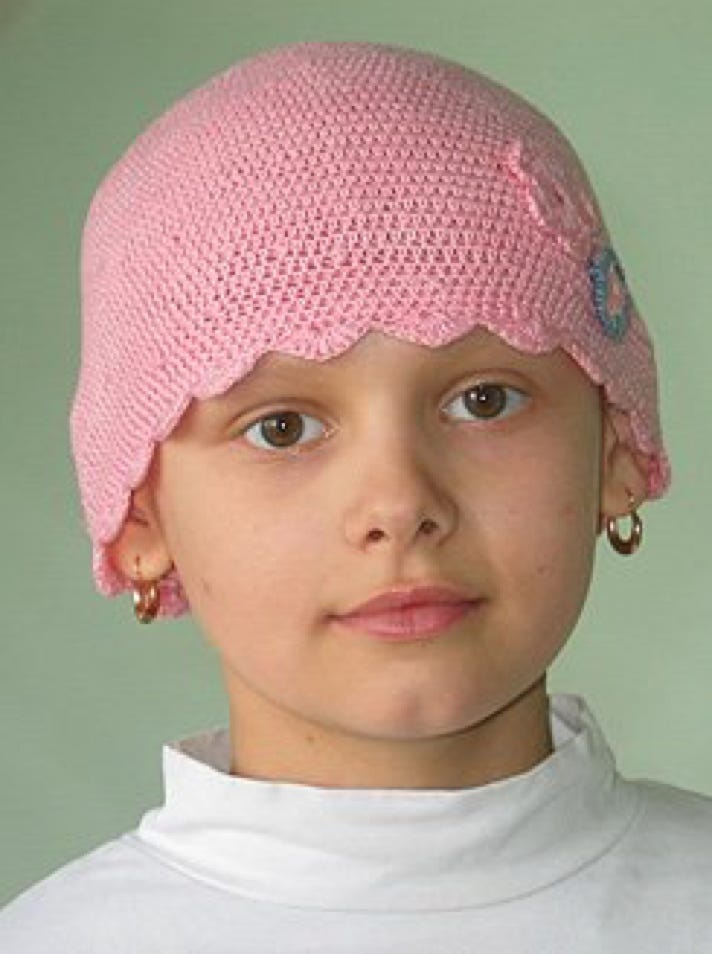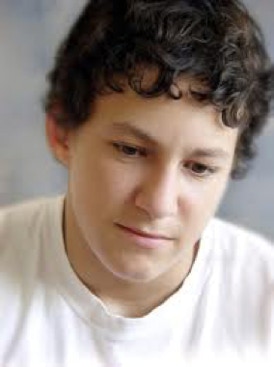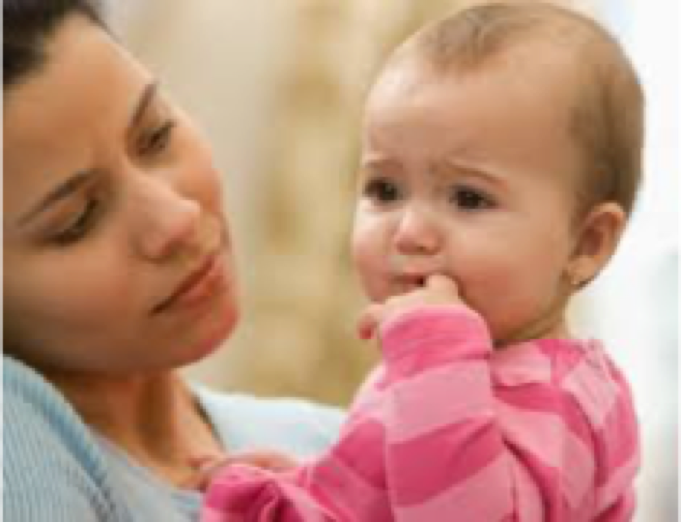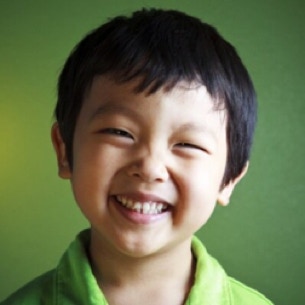Survivors
of
Childhood Cancer

Survivors
of
Childhood Cancer

“For survivors of childhood cancer,
the battle is never over.”
We explain some of the chronic and life-threatening health risks that survivors of childhood cancers may experience for many years.
More than 483,000 are survivors of pediatric cancers in the United States.
The definition of a cure and survival means living more than five years after the cancer was diagnosed.

TWO-EDGED SWORD
There is a dark side to conventional cancer treatments that casts a shadow over the future of the survivor. The two-edged sword of survivorship is the significant risk of developing chronic or life-threatening health problems that last a lifetime, including a second cancer. The medical establishment expects that the cancer patient should be able to get on with life after the treatments, but too often the family is puzzled and anxious when the child or teen or young adult develops a new complication - either physical, emotional or cognitive - magnified by their toxic treatments. These are known as late effects because they occur after the five-year survival mark and some may not show up for years.
NEW CHALLENGES
The good news is that more children are surviving cancer. While the completion of treatments is a time to celebrate, survival also comes with a price because the child will never be the same, and the future brings new challenges.
Doctors agree that toxic chemo drugs, radiation, and steroid drugs used in the typical cancer treatment, compromise the immune system, leaving the patient more susceptible to health problems after their cancer is considered in remission. Because they occur after the five-year survival mark, they are known as “late effects.”
The majority of kids and teens will face a significant risk of developing chronic or life-threatening health problems that may last for the rest of their lives. They may also develop a second, more aggressive cancer.


Surviving and Thriving
Children Against Cancer is dedicated to helping kids and teens do more than survive. We want them to also thrive.
We encourage the child’s family to help reduce future risks and enhance their chances of survival by choosing an organic diet rich in a variety of wholesome superfoods and nutrients that fortify the child’s immune system.
They should also be encouraged to greatly reduce or eliminate sugar and sweets because sugar is known to feed rogue cells. High quality vitamin supplements should be added to their daily routine, and plenty of sleep, fresh air, exercise, sunshine, pure water, and avoiding chemicals. Survivors should also be encouraged to never smoke and avoid second-hand smoke, alcohol and drugs.
LATE EFFECTS
Some children suffer emotional problems that may include anxiety, fear, trouble sleeping, depression, moods or anger.
Physical late effects include weakness, damage to the heart, lungs, vision, hearing, digestive system, growth, bone formation, problems with changes in hormone levels that affect puberty, the reproductive system, and infertility. And they may have a shortened lifespan.
Mental late effects may include changes in the child having difficulty with brain function, learning, thinking, memory, paying attention, confusion, and frustration.
Families are asked to gather all the written medical history of diagnosis and treatments for their child, and they will be advised to follow up with routine medical exams and tests by a physician. Depending on the type of late effects, the child may need to meet with specialists to help them manage the lasting effects of conventional treatments.
YEARS OF STUDIES REVEAL RISKS
~ Science Daily Health
~ Journal of the National Cancer Institute
~ UT Southwestern Medical Center Study
~ Cancer Epidemiology, Biomarkers & Prevention
~ ScienceDaily Health
~ Journal of the National Cancer Institute
Despite exaggerated claims of making steady advances with vague promises of better treatments through new drugs or targeted radiation, cancer remains the seemingly invincible killer disease.
“It is clear that the complications, known and unknown, that will develop in survivors can demand a level of knowledge that is beyond the range of the general internist or family doctor, or even of medical oncologists.” ~ Philip Rosoff, M.D.
Children Against Cancer is dedicated to helping children and teens do more than survive. We want them to also thrive. Your generous donations make a difference.
THANK YOU!
Children Against Cancer is dedicated to Conquer Cancer in This Generation
© 2001 - 2025 Children Against Cancer is a 501(c)(3) Nonprofit Mission Society
TIN 20-4302820 - ChildrenAgainstCancer.org - All Rights Reserved Worldwide
CONTACT US
CHILDREN AGAINST CANCER
13835 North Tatum Blvd
Suite 9 - 160
Phoenix, AZ 85032 U.S.A.
Phone: (602) 789-1077
Please note: This website is intended for informational purposes only and is not the practice of medicine. It is not intended to diagnose, treat, cure, or prevent disease. Children Against Cancer assumes no liability or responsibility for the accuracy of information provided by health experts or how it is used. If you have health questions, please consult a qualified physician. Thank you.